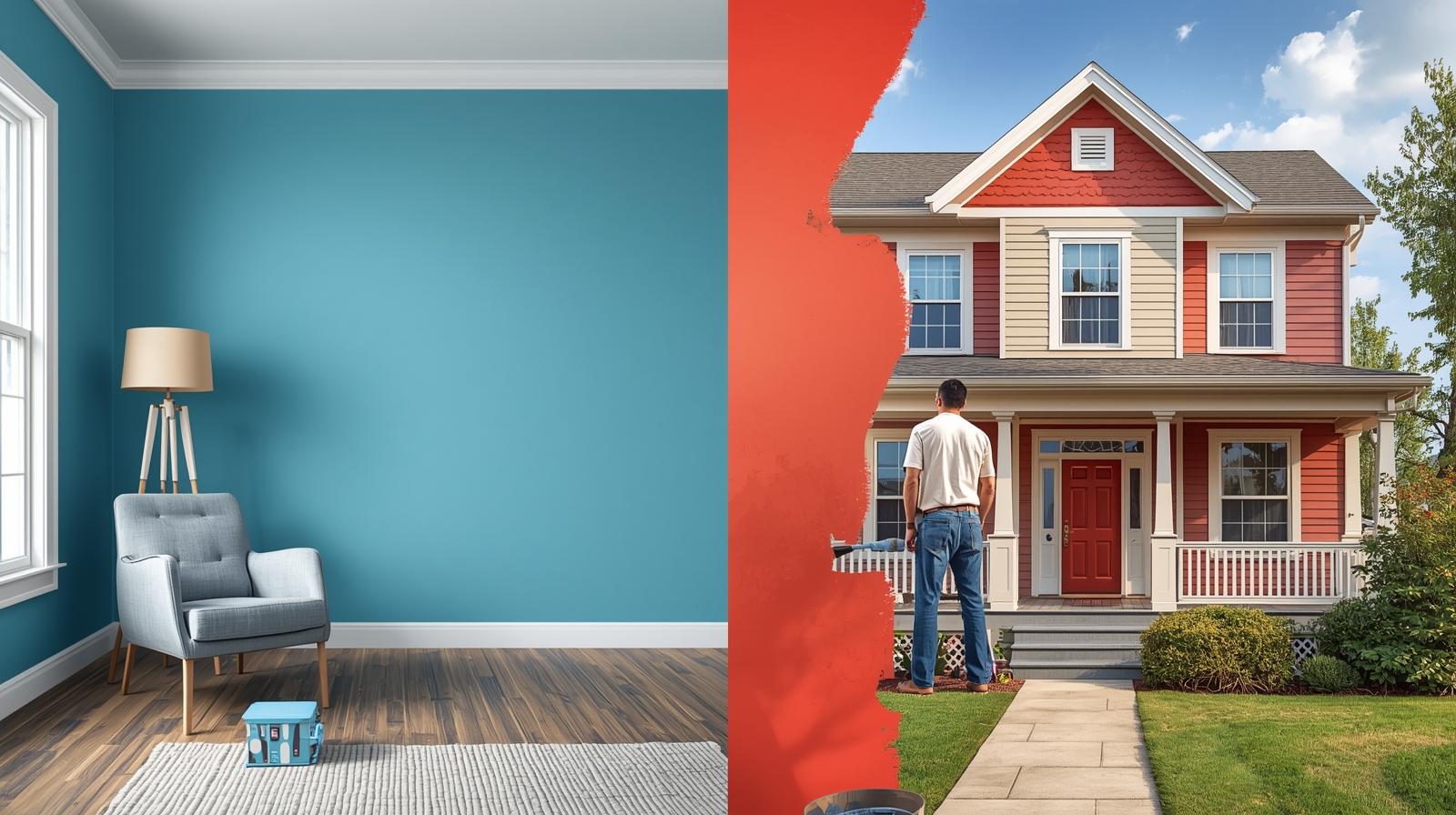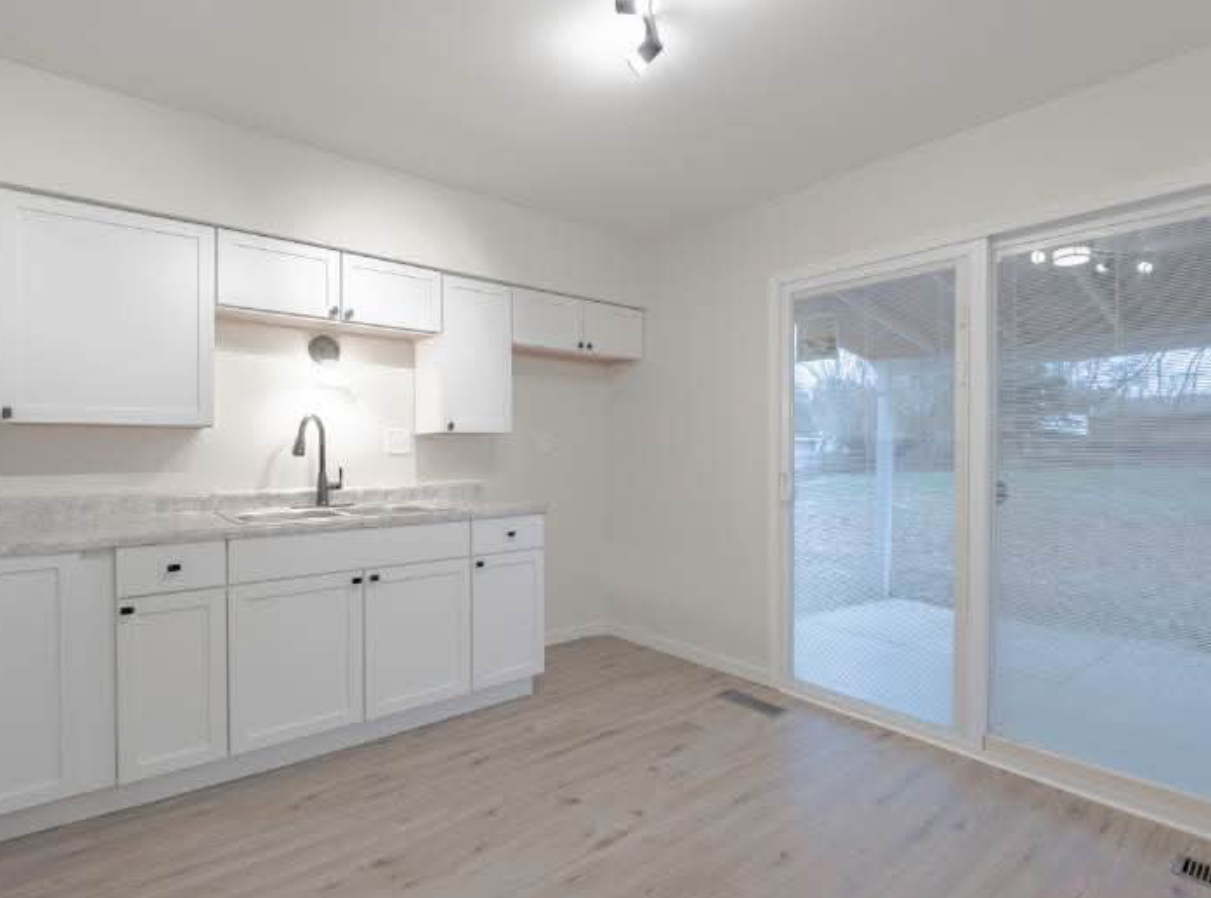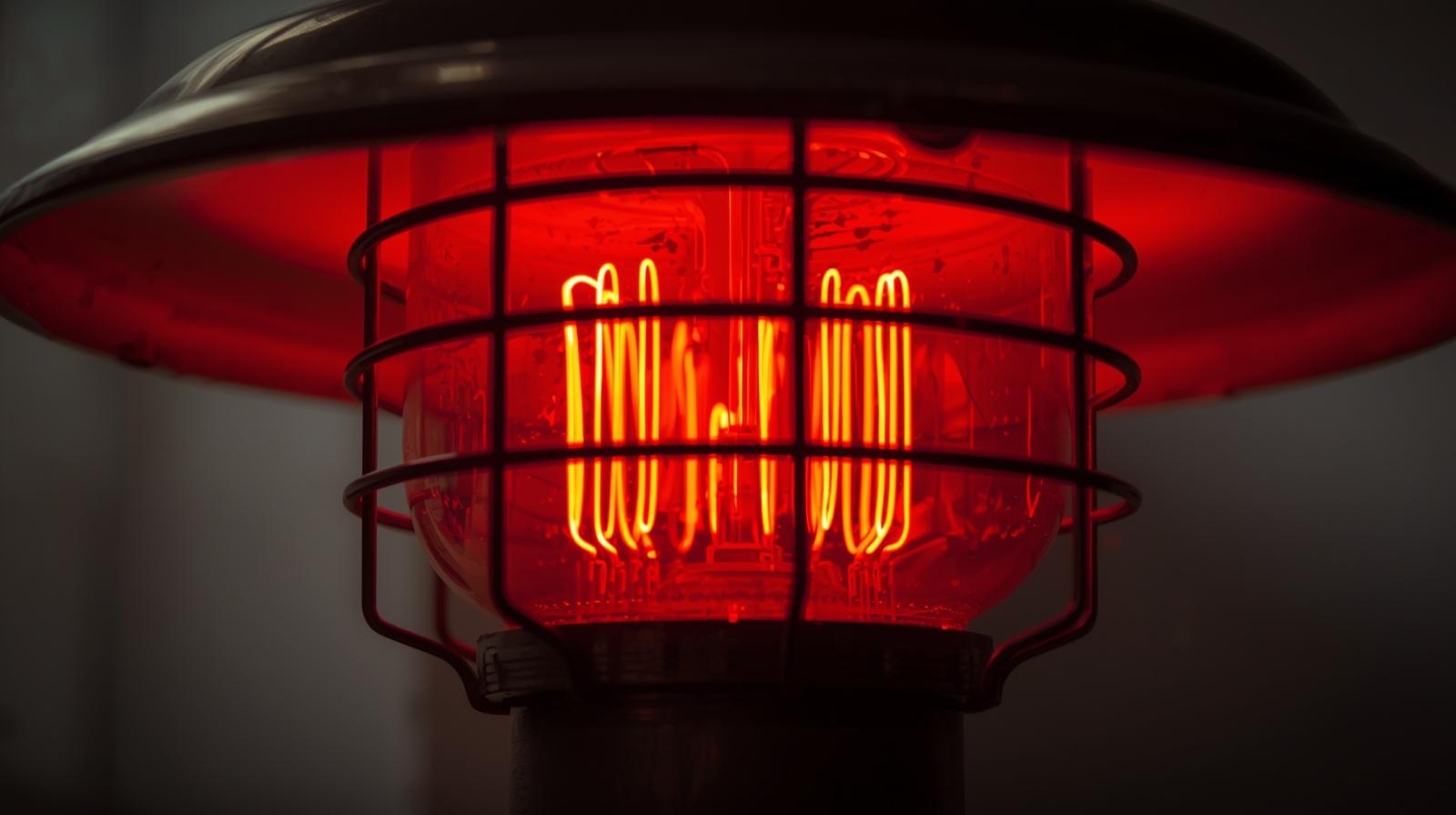
Interior vs. Exterior Paint: Know the Key Differences Before Painting Wood
Interior vs. Exterior Paint: Know the Key Differences Before Painting Wood
Choosing the right paint for your project is about more than just picking a color. It's about chemistry, durability, and most importantly, making sure you use the right product for the job.
Using interior paint outside will lead to rapid failure—it will crack, peel, and fade quickly. Conversely, using exterior paint inside can fill your home with strong odors and potentially harmful chemicals.
At Haslett Handyman, we've fixed countless projects where the wrong paint was used. Here’s a breakdown of the critical differences between interior and exterior paint, so you can choose the correct product when painting your home's wood surfaces.
1. The Composition Battle: Additives Define the Use
The most significant difference between the two types of paint is what’s added to the pigment and binder to help them survive their environment.
Exterior Paint: Built for Survival
Exterior paint is engineered to be a flexible, weather-proof shield. Its composition includes specific additives that allow it to withstand nature's extremes:
- UV Resistance: Exterior paint contains stronger pigments and binders that resist the sun's UV rays , preventing it from fading, chalking, or breaking down in direct sunlight.
- Flexibility (Elastomers): Wood siding, doors, and trim naturally expand and contract with temperature and humidity changes. Exterior paint must contain flexible resins that stretch without cracking or peeling.
- Mildewcides: These are chemical additives designed to prevent the growth of mildew, mold, and algae that thrive in damp, outdoor environments.
Interior Paint: Built for Washability and Safety
Interior paint doesn't need to fight the elements, so its focus is on surface hardness, durability against scuffs, and indoor air quality.
- Scrubbability: Interior paint is formulated to withstand repeated cleaning and scrubbing without wearing away.
- Low Volatile Organic Compounds (VOCs): Interior formulas contain low or zero VOCs to reduce the strong, lingering odors and minimize harmful fumes, making them safe for closed indoor environments.
- Harder Finish: The film is designed to be harder and less flexible than exterior paint, which is great for resisting nicks and dings on trim and walls.
2. Performance Differences: The Wrong Choice is Costly
The performance failure of using the wrong paint type is swift and obvious.
Durability
- Interior Paint (Used Outside) - Will quickly fade, chalk, and crack due to lack of UV protection and flexibility.
- Exterior Paint (Used Inside) - Excellent durability, but the additives are unnecessary and potentially harmful indoors.
Odor/Toxicity
- Interior Paint (Used Outside) - Low odor, but its lack of flexibility causes rapid structural failure outside.
- Exterior Paint (Used Inside) - Often contains higher VOCs and powerful mildewcides that create strong, lingering odors and are not safe for daily indoor air exposure.
Wood Movement
- Interior Paint (Used Outside) - Will crack and blister when wood expands/contracts, as the film is too rigid.
- Exterior Paint (Used Inside) - Stays flexible and resists cracking, but the finish is generally too soft and less scrubbable than interior formulas.
3. Painting Wood Indoors and Out: Application Rules
The rules change slightly when painting wood, as wood requires special care and preparation.
Exterior Wood Painting
- Preparation is King: When painting exterior wood (decks, trim, doors), you must remove all loose, peeling, or chipped paint first. If you skip this, the new paint will peel right off the failing layer beneath it.
- Use a Primer: Always apply a coat of high-quality exterior primer. Primer is your adhesion layer; it seals the wood and acts as a bridge for the topcoat.
- Choose the Right Sheen: For exterior wood, a satin or semi-gloss finish is often recommended because the smoother surface sheds dirt and moisture better than flat paint.
.JPG)
.JPG)
Interior Wood Painting
- Surface Cleaning: Before painting interior wood trim, cabinets, or doors, clean them thoroughly with a degreaser to remove hand oils and grime, which prevent proper paint adhesion.
- Proper Priming: If the wood is bare, stained, or has a glossy finish, use a dedicated interior wood primer to ensure the new paint bonds.
- Prioritize Low-VOCs: Always select a low- or zero-VOC interior enamel for wood trim and surfaces. A semi-gloss or gloss finish is typically used because it is easy to clean.

The Haslett Handyman Takeaway
The simple rule is this: Never swap the paint. Exterior paint stays outside, and interior paint stays inside.
If you are facing a large exterior project, like painting a door or deck where intensive preparation is required to remove failing coats, professional service is often the most cost-effective solution. The cost of labor is often offset by the guarantee that the preparation is done correctly and the finish will last.
If you need an expert hand to ensure your wood surfaces are prepped properly and finished with the right product—whether it’s indoor trim or outdoor siding—contact Haslett Handyman today!
.jpg)

